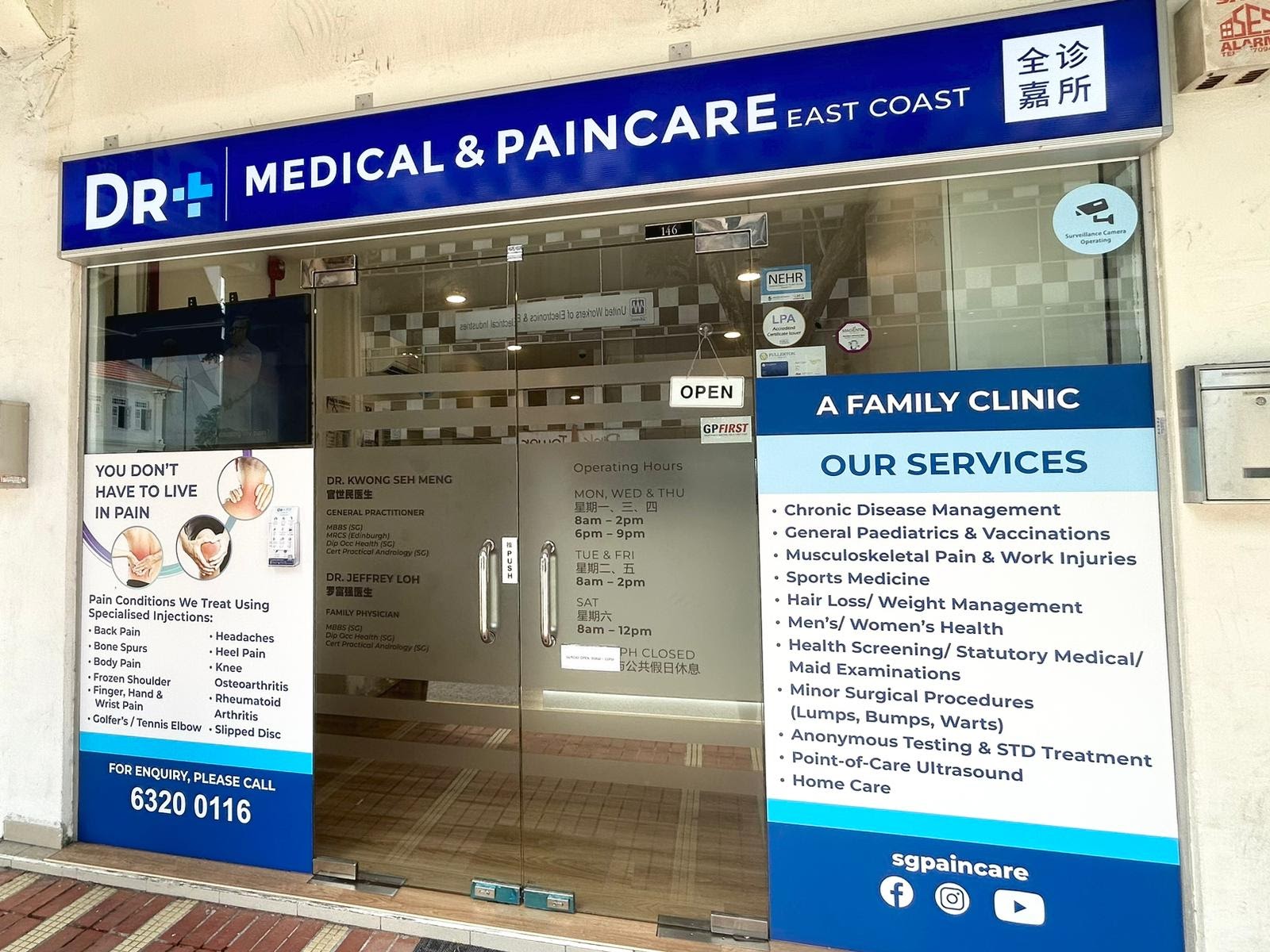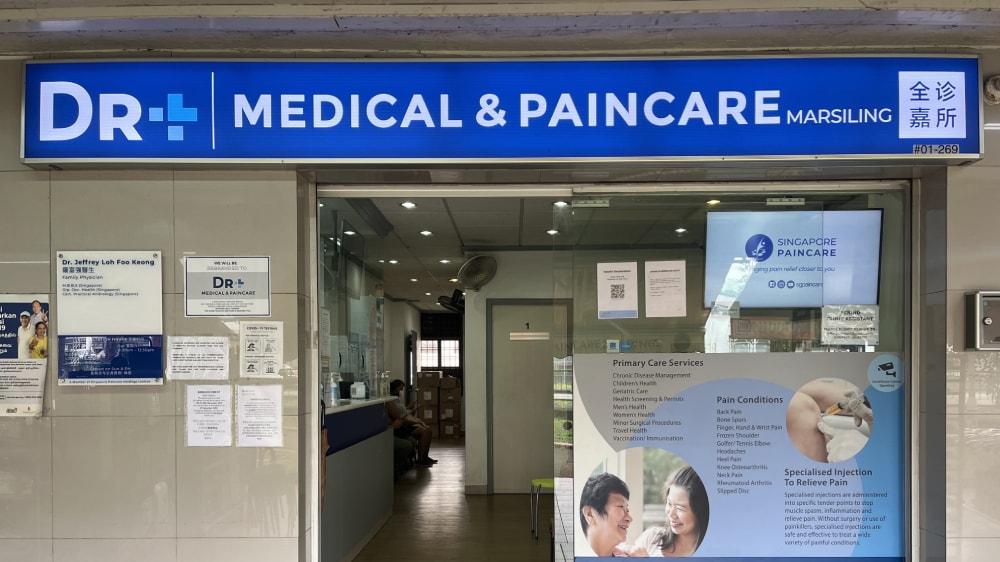Carpal Tunnel Syndrome

What is Carpal Tunnel Syndrome (CTS)
Carpal Tunnel Syndrome (CTS) is a condition that affects the hand and arm, characterised by numbness, tingling, and other symptoms.
The carpal tunnel is a narrow passageway in the wrist, surrounded by bones and ligaments. The median nerve, which controls sensation and movement in the thumb and first three fingers, runs through this tunnel.
CTS occurs when the tunnel becomes narrowed or when tissues surrounding the flexor tendons swell, putting pressure on the median nerve. This pressure can lead to numbness and pain in the palm and fingers, particularly in the thumb, index, and middle fingers.
Signs and Symptoms
Symptoms of CTS usually develop gradually and vary in severity.
Numbness and Tingling
This is often the first sign, experienced in the thumb, index, middle, and ring fingers. It may feel like an electric shock and can occasionally extend to the forearm.
Pain and Burning
Pain may originate in the wrist and radiate up the arm. This pain can be particularly noticeable during activities that involve wrist motion.
Weakness
People with CTS may experience weakness in their hands and a tendency to drop objects. This is due to the numbness in the hand or weakness of the thumb’s pinching muscles, which are also controlled by the median nerve.
Night-time Symptoms
Symptoms like numbness, tingling, and pain are often more pronounced at night. This can be attributed to the relaxed position of the hands during sleep or fluid accumulation around the wrist and hand.
Sensation of Swelling
Individuals may feel a sense of swelling in the fingers, even though no visible swelling is apparent.
These symptoms can appear in one or both hands and can impact daily activities such as holding a phone, reading a book, or driving. In chronic or untreated cases, the muscles at the base of the thumb may visibly shrink (atrophy).
Struggling With Persistent Pain?
Consult one of our DR+ today for a detailed consultation & personalised treatment plan.
Causes and Risk Factors
CTS arises from a combination of factors that increase pressure on the median nerve and tendons in the carpal tunnel.
- Workplace Factors: Repetitive use of vibrating hand tools or work that requires prolonged or repeated flexing of the wrist can create harmful pressure on the median nerve.
- Anatomical Factors: A wrist fracture, dislocation, or arthritis can deform the small bones in the wrist, altering the space within the carpal tunnel and exerting pressure on the median nerve.
- Gender: CTS is more common in women, possibly due to the carpal tunnel being smaller in women than men.
- Inflammatory Conditions: Conditions like rheumatoid arthritis can lead to inflammation in the wrist and put pressure on the median nerve.
- Obesity: Being overweight is a risk factor for CTS.
- Fluid Retention: Fluid retention can occur during pregnancy or menopause. It can increase pressure within the carpal tunnel, irritating the median nerve.
- Other Medical Conditions: Diabetes, thyroid dysfunction, and renal failure are associated with an increased risk of CTS.
- Genetic Predisposition: There might be a genetic link, as CTS is often found in families with a history of the condition.
Treatment Modalities
Pain Medication
This involves the use of medications such as Non-Steroidal Anti-Inflammatory Drugs (NSAIDs), opioids, and other specialised medications designed for pain management. The type and dosage are tailored to the individual’s condition and medical history.
Myospan
Minimally invasive treatments aim to effectively relieve common pain conditions by targeting pain sources.
- Coreflex Injections: Typically contain a corticosteroid and are used for inflamed joints or tissues.
- Platelet-Rich Plasma (PRP) injections: Utilise own platelets to promote healing in damaged tissues.
- Intra-Articular Injections: Most commonly used to treat osteoarthritis in the hip or knee, but they can also be given in other joints, including shoulders, wrists, ankles, hands, and fingers.
For chronic pain conditions originating from spinal issues, Neurospan can be performed by our team of pain specialists from Singapore Paincare Center.
Prevention Strategies
It may not be possible to completely prevent CTS, especially because the condition is caused by everyday activities, underlying health conditions or anatomical factors. Certain strategies can help reduce the risk and alleviate symptoms.
-
Workspace Ergonomics
Adjusting the workspace to ensure a proper wrist position can help. This includes using a keyboard and mouse that encourage a natural wrist position and ensuring that the work surface is at the correct height.
-
Frequent Breaks
Taking short, frequent breaks from repetitive activities to stretch and bend the hands can help reduce the pressure on the median nerve.
-
Hand and Wrist Exercises
Stretching and strengthening exercises for the hands and wrists can improve flexibility and reduce the risk of injury.
-
Proper Hand Use
Avoiding bending the wrist up or down and maintaining a relaxed middle position is beneficial. Using the whole hand, not just the fingers, to hold objects can also help.
-
Keeping the Hands Warm
Cold environments can lead to hand stiffness and pain. Keeping the hands warm may prevent stiffness and reduce the risk of developing CTS.
-
Maintaining Healthy Habits
Overall physical fitness and maintaining a healthy weight can help prevent CTS. Conditions like diabetes and high blood pressure should be managed effectively.
-

Wrist Splints
Wearing wrist splints at night can help keep the wrists in a neutral position, reducing pressure on the median nerve.
Frequently Asked Questions
Does splinting help with Carpal Tunnel Syndrome?
Splinting can help relieve mild Carpal Tunnel Syndrome symptoms by reducing pressure on the median nerve. If the discomfort continues, our doctors will carefully assess your condition and recommend treatments tailored to your needs for effective and lasting relief.
Can Carpal Tunnel Syndrome go away on its own?
Can exercises prevent or cure Carpal Tunnel Syndrome?
Exercises can help manage or alleviate mild symptoms of Carpal Tunnel Syndrome by improving flexibility, reducing pressure on the median nerve, and promoting circulation. Stretching and strengthening exercises for the wrist and hand may prevent symptoms from worsening, especially when combined with activity modifications.
However, exercises alone are not a guaranteed cure, especially for moderate to severe cases. It’s important to consult a doctor to assess the condition and explore other treatments if symptoms persist.
Are there any long-term effects of Carpal Tunnel Syndrome?
Yes, untreated Carpal Tunnel Syndrome can lead to long-term effects, such as:
Permanent Nerve Damage: Prolonged pressure on the median nerve can cause irreversible damage, leading to chronic pain or numbness.
Weakened Grip Strength: The muscles at the base of your thumb may weaken, making it difficult to perform tasks requiring precision or strength.
Reduced Dexterity: Persistent symptoms can interfere with daily activities, such as writing, buttoning clothes, or lifting objects.
Early diagnosis and treatment are key to preventing these complications. If you’re experiencing persistent symptoms, consult a doctor for a tailored management plan.
Can Carpal Tunnel Syndrome affect both hands?
Carpal Tunnel Syndrome can affect both hands, although symptoms may not always appear equally on both sides. This is because repetitive activities, underlying health conditions like arthritis or diabetes, or even anatomical differences can contribute to nerve compression in both wrists.
Is Carpal Tunnel Syndrome related to any other health conditions?
Carpal Tunnel Syndrome (CTS) can be linked to several health conditions that increase the risk of developing it. Some common ones include:
- Diabetes: High blood sugar levels can damage nerves, including the median nerve in the wrist.
- Arthritis: Inflammatory conditions like rheumatoid arthritis can cause swelling that compresses the carpal tunnel.
- Thyroid disorders: Hypothyroidism can lead to fluid retention and swelling in the wrist area.
- Pregnancy: Hormonal changes during pregnancy can cause fluid retention, leading to temporary carpal tunnel symptoms.
- Obesity: Excess weight can increase pressure on the carpal tunnel.
How can I tell if my wrist pain is due to Carpal Tunnel Syndrome?
Our Clinics
- Mon, Tue & Thu: 9am to 1pm, 2pm to 4pm, 6:30pm to 9:30pm
- Wed & Fri: 9am to 1pm, 2pm to 4pm
- Sat: 9am to 1pm
- Closed on Sun & PH
-
(Kindly note that clinic’s last registration is 15mins before closing time.)
- Mon, Wed, Thu: 8:00am – 2:00pm, 6:00pm – 9:00pm
- Tue & Fri: 8:00am – 2:00pm
- Sat: 8:00am – 12:00pm
- Sun: 10:00am – 1:00pm
- PH: Closed
#01-54 The Midtown, Singapore 533971
- Mon to Fri: 8:00am – 12:00pm, 1:00pm – 3:00pm, 6:00pm – 9:00pm
- Sat: 8:00am – 12:00pm
- Sun & PH: Closed
988 Upper Serangoon Rd, Singapore 534733
- Mon to Fri: 8:30am – 2:30pm, 6:00pm – 10:00pm
- Sat & Sun: 8:30am – 12:30pm
- PH: Closed
-
(Kindly note that clinic’s last registration is 15mins before closing time.)
Singapore 730018
- Mon: 8:00am – 9:00pm
- Tue – Fri: 8:00am – 4:30pm, 7:00pm – 9:00pm
- Sat: 8:00am – 12:30pm
- Sun & PH: Closed
-
Kindly note that clinic’s last registration is 15mins before closing time.
-
(Last registration timing – Mon: 8:45pm, Tue – Fri: 4:15pm & 8:45pm, Sat: 12:15pm)
Thomson Imperial Court, Singapore 574424
- Mon to Wed: 8:30am – 10:00pm
- Thu: 8:30am – 3:00pm, 6:00pm-9:30pm
- Fri: 8:30am – 6:00pm
- Sat & Sun: 9:00am – 3:00pm
- PH: Closed
-
(Kindly note that clinic’s last registration is 15mins before closing time.)
- Mon, Wed & Fri: 8:30am – 12:30pm, 1:30pm – 4:30pm, 6:00pm – 9:00pm
- Tue & Thu: 8:30am – 12:30pm, 1:30pm – 4:30pm
- Sat: 8:30am – 12:30pm
- Closed on Sun & PH
-
(Kindly note that clinic’s last registration is 15mins before closing time.)
Need Advice On Your Condition?
Please fill out the form and we will be in touch with you shortly.







